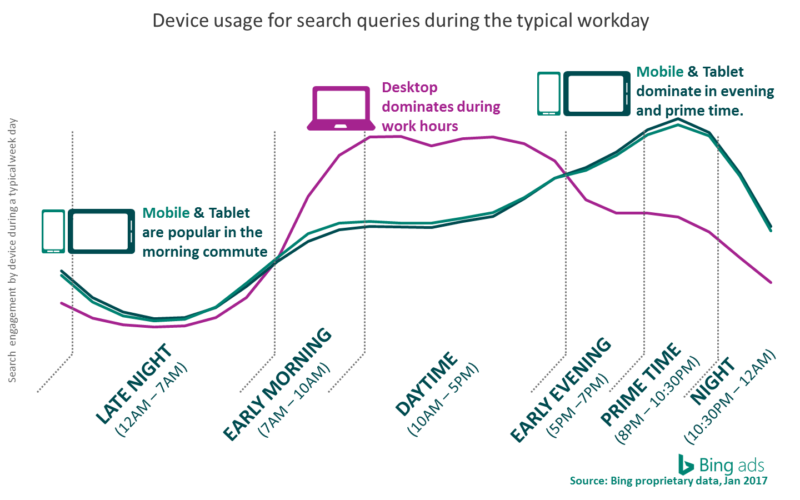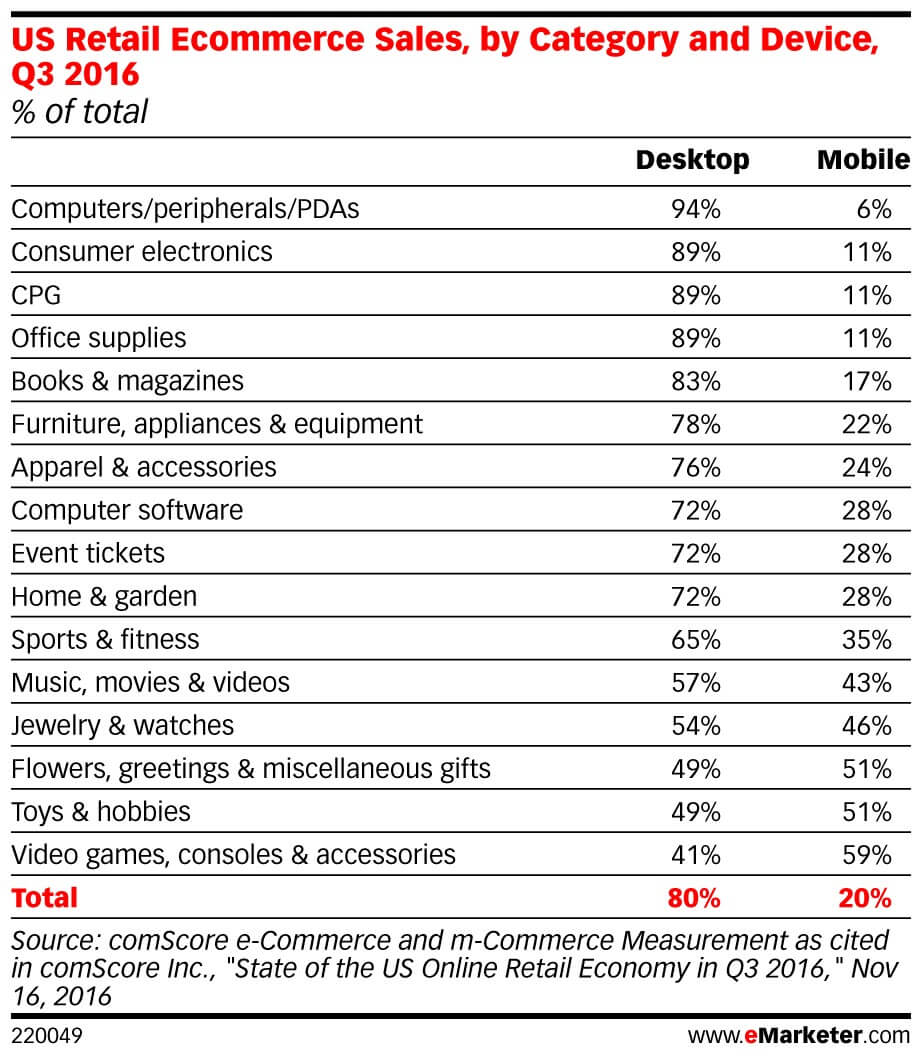The desktop’s death has been greatly exaggerated: How it’s holding its own in a mobile world
Mobile usage is certainly growing, but does that mean that desktop is done? Columnist Christi Olson doesn’t think so, and she suggests search marketers create campaigns that leverage the strengths and acknowledge the contributions of each device.

Sometimes when I’m talking to search marketers, I feel a little bit like Jan Brady — but instead of everything being about “Marsha, Marsha, Marsha,” the conversation turns to “mobile, mobile, mobile” as we ponder the potential micro-moments and ways to increase a brand’s mobile presence.
We are now seven years into the mobile revolution and have seen huge opportunities and growth in mobile advertising, both in the US and in emerging markets. The continuous growth in mobile queries as they officially outnumber desktop queries on Google and show no signs of slowing down has led a shift in the marketing mix of mobile versus desktop advertising in search.
This makes sense — according to Gartner, global smartphone sales were expected to hit 1.5B units in 2016, reaching market saturation in most developed countries. But I wouldn’t give up on desktop search quite yet and move all of my advertising dollars to mobile, and here’s why.
[M]arketers always overestimate the appeal of new things and underestimate the power of traditional consumer behavior.
Consumers engage with devices differently
Even though consumers are spending roughly three hours a day on their smartphones (versus one hour a day five years ago), advertisers need to be careful about how they approach mobile advertising. It’s almost too easy to jump to the conclusion that you should shift your focus to a mobile-first strategy based on the increase in time spent on device and mobile search volumes.
Although search volume is clearly shifting to mobile, there is still an important gap in how consumers interact and when they use mobile devices versus tablets and desktops. And, of course, not all of our three hours a day on mobile devices are search-related.
According to FlurryMobile, 90 percent of mobile user time is spent in apps. Consumers are often using their phones with entertainment and communication intent — calling, texting, checking email, engaging on social media, watching videos, listening to music, getting directions, checking store hours and playing games such as Pokémon Go.
To get a better understanding of consumer behavior, I pulled device-specific data to get an updated view of when consumers were more likely to be using desktop versus mobile devices and tablets.

The results in the chart aren’t shocking, but it does provide an interesting view into how to adjust your bid modifiers by device. As a marketer, you’ll want to understand when consumers interact with your site on a mobile device and what their intent might be as you focus spend on mobile search traffic.
Desktop plays an important role in complex purchasing decisions
I think it’s safe to say that most consumer journeys involve cross-device usage; however, the device used for the final transaction is often determined by the type of transaction and the amount of data needed to complete the transaction.
An example of this type of deeply considered journey can seen in the financial services sector, when a consumer opens a retirement account and makes initial investments. It’s a complex decision with a high cost of failure, and the average consumer will research the process across multiple devices; however, the final transaction of creating the account requires entering a significant amount of data. For that reason, this step is more convenient to complete on a desktop or tablet then on a smartphone.
On the other hand, when the purchase is simple and straightforward without a high cost of failure, like booking a hotel room due to a flight cancellation, I’m more likely to book my hotel stay on my smartphone as I’m exiting the terminal instead of opening my laptop to complete the transaction. And in e-commerce scenarios, the ease of completing the transaction through a one-click purchase option can help increase mobile conversions.
Depending on the complexity of the purchase decision and transaction type, marketers should be careful not to move too much budget away from the desktop search, where important decision journeys are still taking place.
Desktop is still driving conversions
Despite the rise of mobile searches, most conversions are still taking place on desktops. According to eMarketer, on average 80 percent of conversions are taking place on desktops, versus 20 percent on mobile.
As seen in the chart above, conversion performance will vary across verticals, though US consumers still use desktop for the majority of their online purchases. The Mary Meeker KPCB Internet Trends report also shows that conversion rates on desktops are 2.8x greater than on mobile devices.
Leveraging both desktop and mobile
As mobile continues to gain momentum in our cloud-first, mobile-first world, it will be important for advertisers to create strong mobile strategies. But the desktop is equally important, especially as part of the overall marketing mix. Stay aware of the nuances between mobile searcher intent and desktop searcher intent to create powerful campaigns that leverage the strengths of each device.
[Article on Search Engine Land.]
Some opinions expressed in this article may be those of a guest author and not necessarily Marketing Land. Staff authors are listed here.
Marketing Land – Internet Marketing News, Strategies & Tips
(59)




